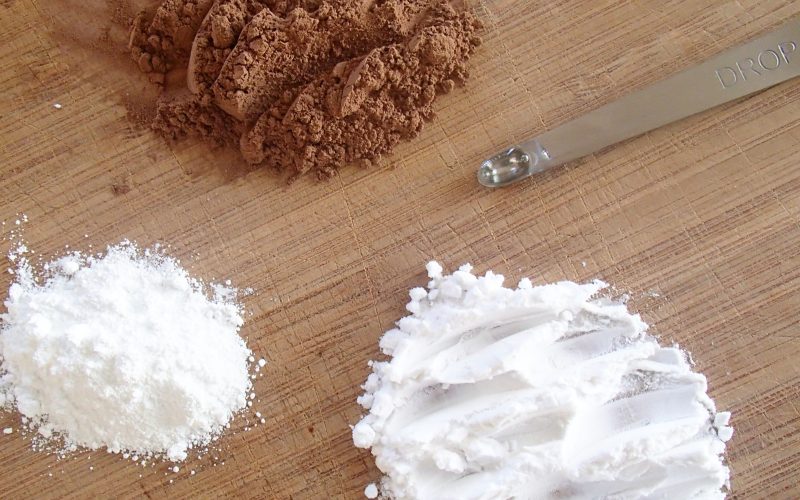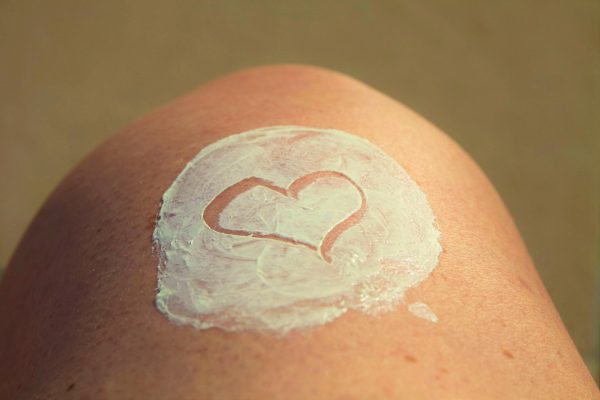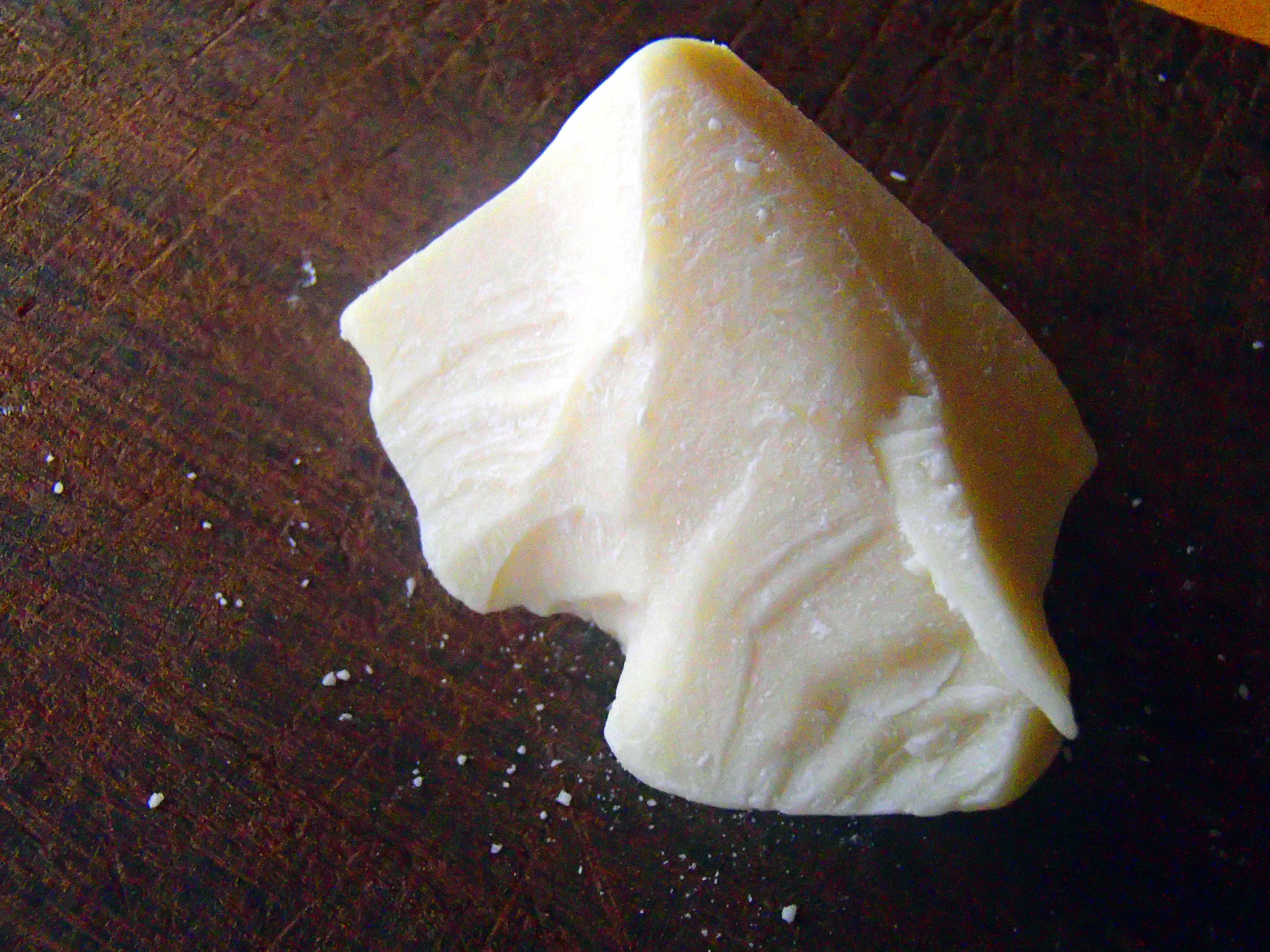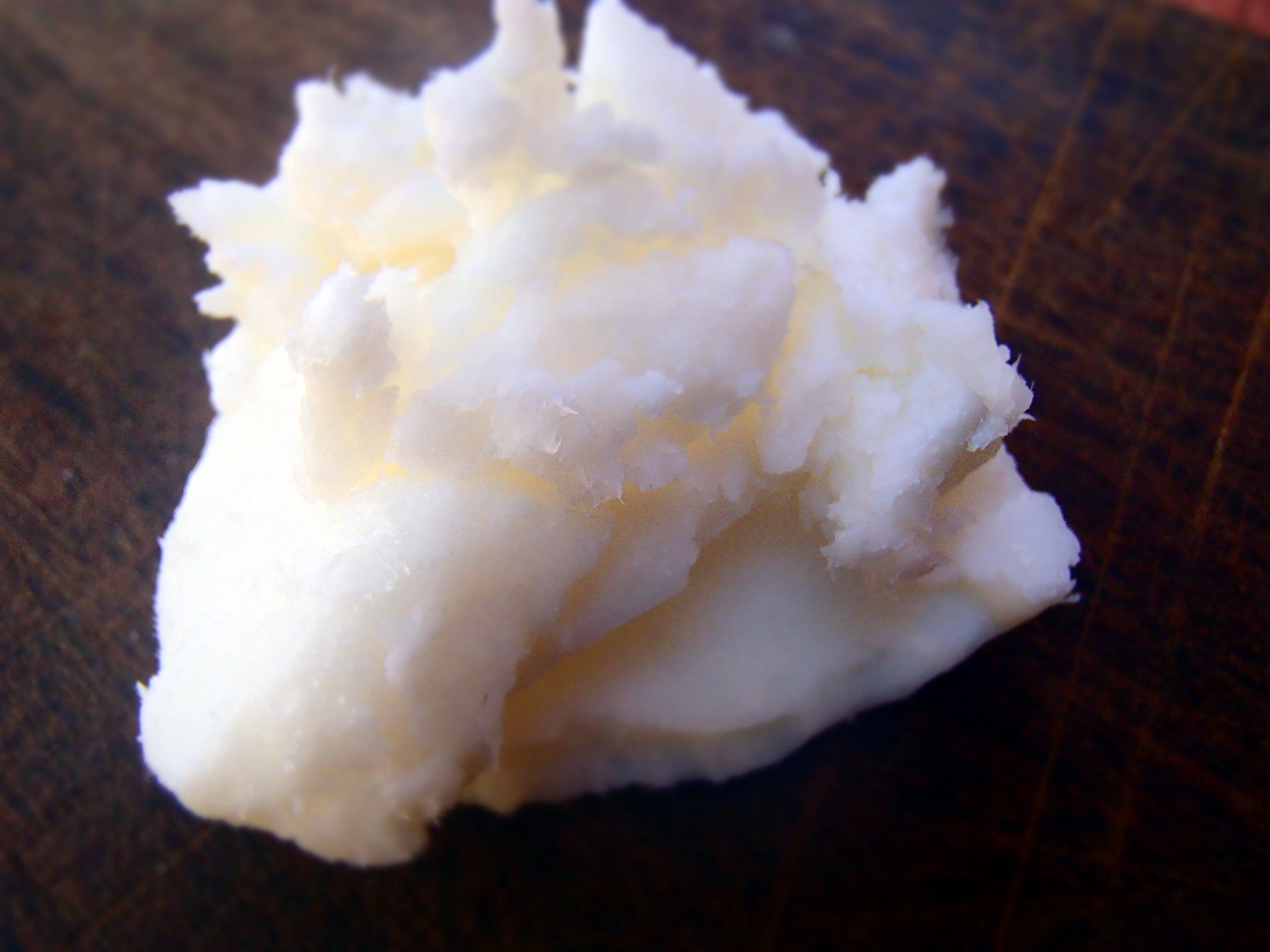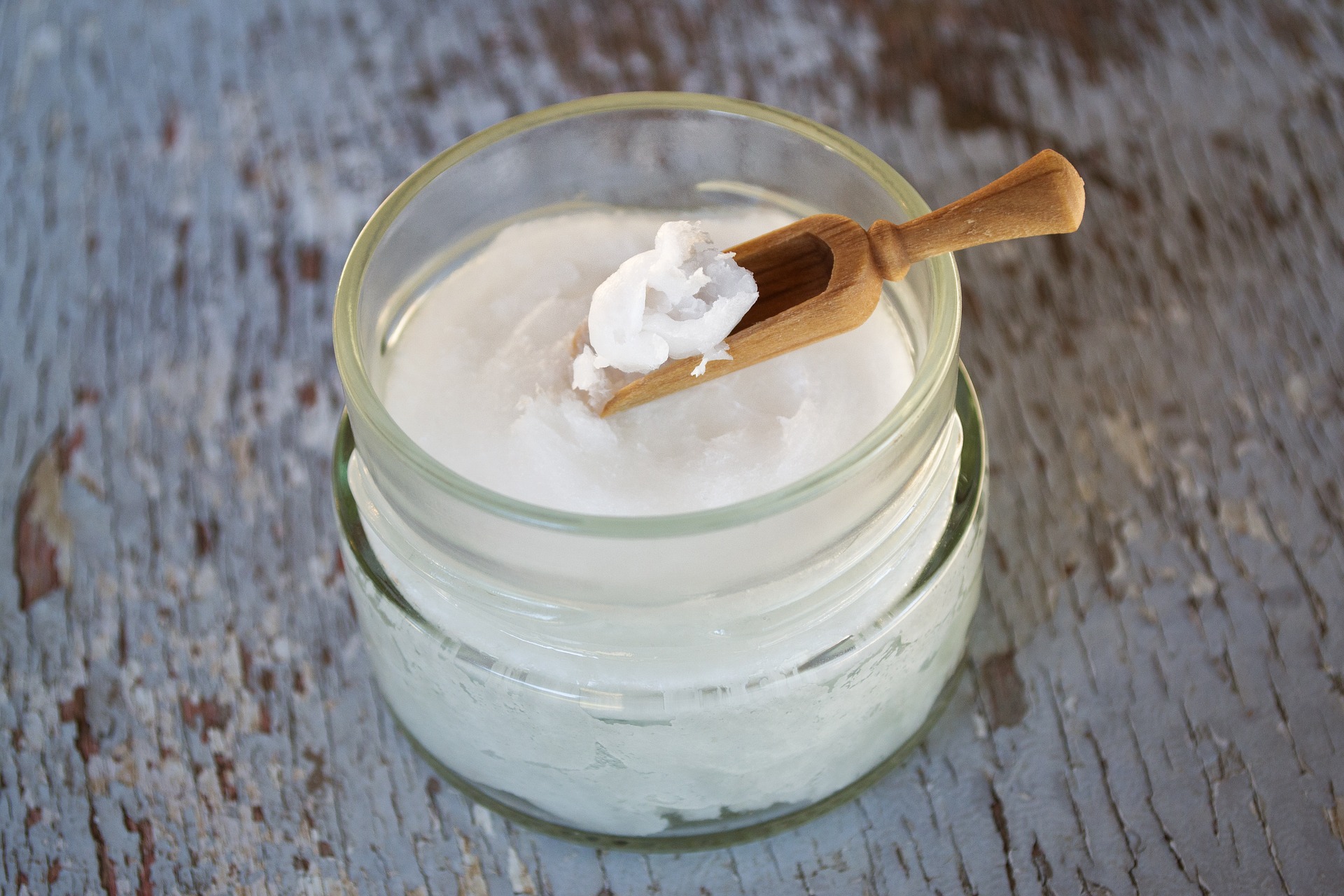I regularly give workshops on homemade face creams where I talk about additives, among many other things. These additives are specific to face creams but can be added to any homemade skin care product. They are generally easy to buy and they do not require any special equipment or extra attention. The only word of caution I want to offer is this: if you want to add all additives described here, you will need to adjust your recipe and include more oils. The powders (which are zinc, arrowroot and cacao powder) will thicken your product. To avoid a paste-like cream you will need to include more oil.
Aside from the recipe formulation, I believe these additives make a great addition to any face cream. And it goes without saying that homemade skin care is all about trying it out, testing what you and your skin like, and keeping a record of any recipes.
Arrowroot powder
One of my favourite additives comes straight from my pantry: arrowroot powder (or tapioca starch). Normally used as a thickener in baking, arrow powder is also a great ingredient in skin care products. As a thickener, it absorbs some of the oiliness of your cream and leaves you with a nice finish. It will thicken your product though so be aware should you add other additives as well (see above).
Adding arrowroot powder is simple: use about 10 percent (of the total weight of your oil and butter mixture) of arrowroot powder, stir until incorporated and your cream is ready to go.
Cacao powder
Cacao powder is great for adding some blush to your face cream. I first came across this idea here and have been using it since. Not only is cacao powder great for a bit of colour but it also adds (more) antioxidants and magnesium to any product.
When buying cacao powder, however, be aware of the spelling. Cacao powder is the raw powder while cocoa powder has been processed and possibly contains sugar or other sweeteners. You would want to get cacao powder.
The amount of cacao powder added to your cream should be according to skin tone. Depending on the amount of oils and butters, start with a relatively small amount and add more if desired. Simply stir through your oil and butter mixture. You can test the darkness by applying some of the mixture onto your skin once its cool enough to handle.
Zinc Oxide
Elsewhere I talked about the difference between physical and chemical sunblocks. Zinc oxide is a physical sunblock and can be added to any homemade skin care product. HOWEVER, it is not easy to work with zinc oxide. Firstly, when buying it, pay attention to the fine print. The powder should be uncoated, non-nano, and not-micronized. These properties mean that the powder will stay on your skin rather than penetrate it. The layer the powder then creates is the sun protection.
A word of caution at this point: even if you do all the steps according to the instructions and you work very diligently, you will NOT achieve consistent sun protection throughout your face cream (or other skin care product). This is due to the fact that zinc powder does not dissolve. You will notice that it sinks to the bottom of your jar even while you stir it. I therefore do not advise zinc oxide as a complete substitute for a sunblock.
I do like using zinc though because it does offer some sun protection and it creates a nice ‘sparkle’ to a cream which stays on my skin.
If you choose to use zinc oxide in your skin care product, use around 10 percent. You can increase this percentage but be aware that it might leave your skin with a white tone. Once added to your product, stir vigourusly until the mixture has cooled. Preferably stir again once the cream has set to incorporate any leftovers. You will notice at this point how much of the powder sinks to the bottom of your cream.
Vitamin E oil
Vitamin E oil can be a nice additive to your product although I believe it is not strictly neccessary. The vitamin will enhance any healing and rejuvenating properties of your cream. Depending on the oils and butters used however these properties might already exist in your cream. Vitamin E then won’t improve your cream drastically.
If you choose to add vitamin E oil, be aware that there are natural and synthetic vitamin E oils. Personally, I haven’t noticed any difference between the two (if buying from a trusted source) other than the price. Natural vitamin E oil is about twice as expensive as its synthetic counterpart.
When adding vitamin E oil, apply the rule of thumb of 1 drop per 30g of final product.
Essential oils
Essential oils are my weak spot in skin care products because I don’t know enough yet to advise on any specifically. There are many different essential oils, all with different properties and potencies. Check before you buy and use anything, in particular when making a cream for children. Some oils should be used only with caution and some not at all.
There are however some oils which should be avoided in face creams entirely because they are photosensitive (meaning that they enhance sunlight and can cause burning of the skin). These oils are bergamot, grapefruit, lemon, lime, bitter orange, and cumin essential oils.
For adding any essential oils it is important to add pure essential oils and not fragrance oils. Fragrance oils are an artificial copy of the essential oil without its healing properties. In the best case scenario, fragrance oils will add a nice smell to your skin care product. In the worst case, fragrance oils can cause various skin reactions.
There are more potential additives for skin care products (for example infusions which I talk about in another post). These are my personal favourites. They are generally easy to get and add some nice features to your skin care product.
